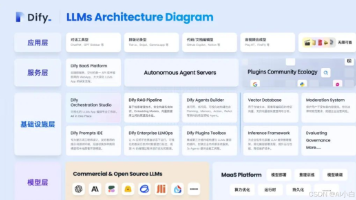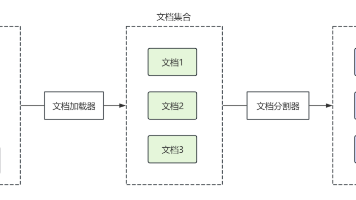UML建模Activities的一些概念
FundamentalActivitiesThe fundamental level defines activities as containing nodes, which includes actions. This level is shared between the flow and structured forms of activities.BasicActivitiesThis
FundamentalActivities
The fundamental level defines activities as containing nodes, which includes actions. This level is shared between the flow and structured forms of activities.
BasicActivities
This level includes control sequencing and data flow between actions, but explicit forks and joins of control, as well as decisions and merges, are not supported. The basic and structured levels are orthogonal. Either can be used without the other or both can be used to support modeling that includes both flows and structured control constructs.
IntermediateActivities
The intermediate level supports modeling of activity diagrams that include concurrent control and data flow, and decisions. It supports modeling similar to traditional Petri nets with queuing. It requires the basic level.
The intermediate and structured levels are orthogonal. Either can be used without the other or both can be used to support modeling that includes both concurrency and structured control constructs.
CompleteActivities
The complete level adds constructs that enhance the lower level models, such as edge weights and streaming.
StructuredActivities
The structured level supports modeling of traditional structured programming constructs, such as sequences, loops, and conditionals, as an addition to fundamental activity nodes. It requires the fundamental level. It is compatible with the intermediate and complete levels.
CompleteStructuredActivities
This level adds support for data flow output pins of sequences, conditionals, and loops. It depends on the basic layer for flows.
ExtraStructuredActivities
The extra structure level supports exception handling as found in traditional programming languages and invocation of behaviors on sets of values. It requires the structured level.
更多推荐
 已为社区贡献14条内容
已为社区贡献14条内容









所有评论(0)